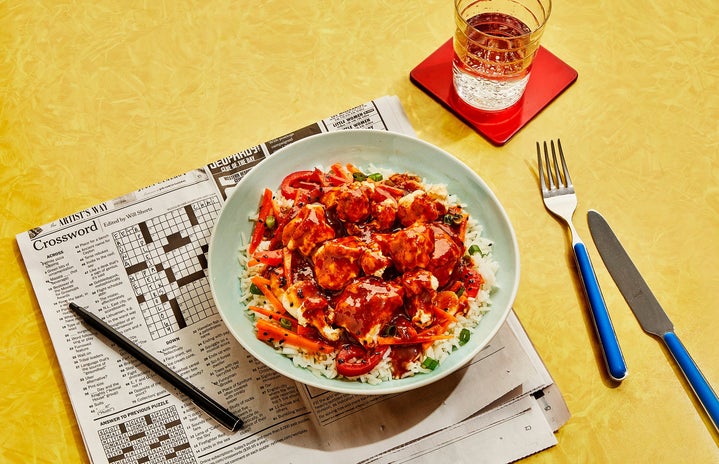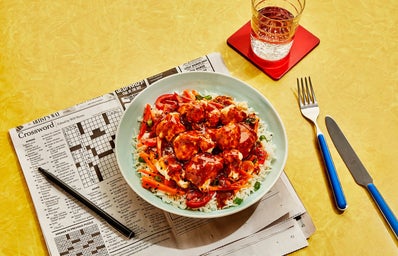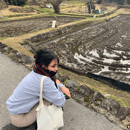From mukbangs to compilations of animated food, there seems to be a growing interest in images of food these past few years. Food has always been a vital aspect of our lives, but images of food were never quite as important. Videos of people eating two meals worth of food in one seating, or Instagram pages dedicated to food in films, these types of content have garnered a large number of audience and fans. Who could have thought that the development of technology and media will lead to netizen’s fascination with watching people eat? There is something special about looking at food through a camera lens as opposed to our own eyes. With the help of lighting, color grading, and editing, filmmakers pay special attention to make sure food displayed on-screen look as appetizing as possible.
No other work films food as detailed and mouth-watering as Juzo Itami’s Tampopo (1985). A love letter to ramen, Tampopo follows a truck driver and a single-mother in finding the perfect ramen recipe. Itami also includes small segments of ordinary people and their experiences with food in between scenes. Tampopo is quite literally a food porn film (yes, there is a scene where a couple uses food during sex), with its lingering close-ups of braised pork, a squirting peach, and this shot of the main character looking through a peeping hole to sneak a peek of ramen being cooked. The camera work in Tampopo allows the audience to feast on the little details of ramen. Details that we might not notice when eating at ramen shops in-between classes, such as the layer of oil that glosses over the broth or the slurping sounds when drinking off the bowl. Itami’s regard towards how food is shot helps the audience understand the characters’ love for food, and why making a perfect bowl of ramen can be so important to them.
While not all filmmakers use food as an object of attention, some use food and beverages as props to show a character’s emotions and personalities, or to set the mood of a scene. This video essay explores the use of milk in movies and how the beverage is used to create tension and eeriness. Sometimes, food is also used as a background. In Eat Drink Man Woman (1994), director Ang Lee used dinners to create a mood and establish a relationship between the characters. Lee tells a story of a father and three sisters, each living different lives, but comes together every week to enjoy a home-cooked meal. The father, a professional Chinese chef, cooks banquet-sized dinner for his three daughters on Sundays and drama pursues.
As opposed to Tampopo, Lee does not use food as a focus, but as a backdrop. Stories of family conflict, love, and individual problems come forward during shared meals. As delightful as the food are, Lee never lingers too much on them and always pulls his shots away from the dish and onto the characters. Relationship statuses and characters are, however, represented through meals. Homemade Chinese food is usually shared between families, long-time friends, and lovers, and tea dates would act as a changing point of two characters’ relationships. In the first half, the younger sister enjoys street-food with a co-worker’s boyfriend; the second half shows them together again, this time as couples, at the family table, eating her father’s food— signifying the boyfriend’s arrival to the family. Another good example is the transition of meetings between friends-with-benefits with home-cooked meals into meeting in a tea house when one announces they are getting married. Juxtaposing meals with characters is Lee’s way of using images of food to emphasize the importance of relationships and meals in daily life.
Both Tampopo and Eat Drink Man Woman are only two examples of movies where themes revolve around food, but filmmakers often incorporate meals or beverages as passing props, leaving much room for interpretation. Famous food scenes/symbols in movies include the hamburger scene in Pulp Fiction, the asparagus in Phantom Thread, or the milk in a Clockwork Orange. The use of such food and refreshments can be deconstructed to explain the character’s intentions and personality. There are many ways in which filmmakers can use food; it is not limited to simply a visual pleasure.
In every language, there is always a verb for “eating”, because it is a universal behaviour. People may not share the same experiences but they might share a love for food. As crazy a story or a character can be, as soon as they sit down to enjoy a meal, we are reminded that they are living beings. Eating humanizes us and creates bonds, and this extends outside person-to-person relationships, but person-to-character ones as well. Maybe the audience can’t always relate when a character befriends a rat, but they surely can when the character is sitting down and enjoying an omelette.


